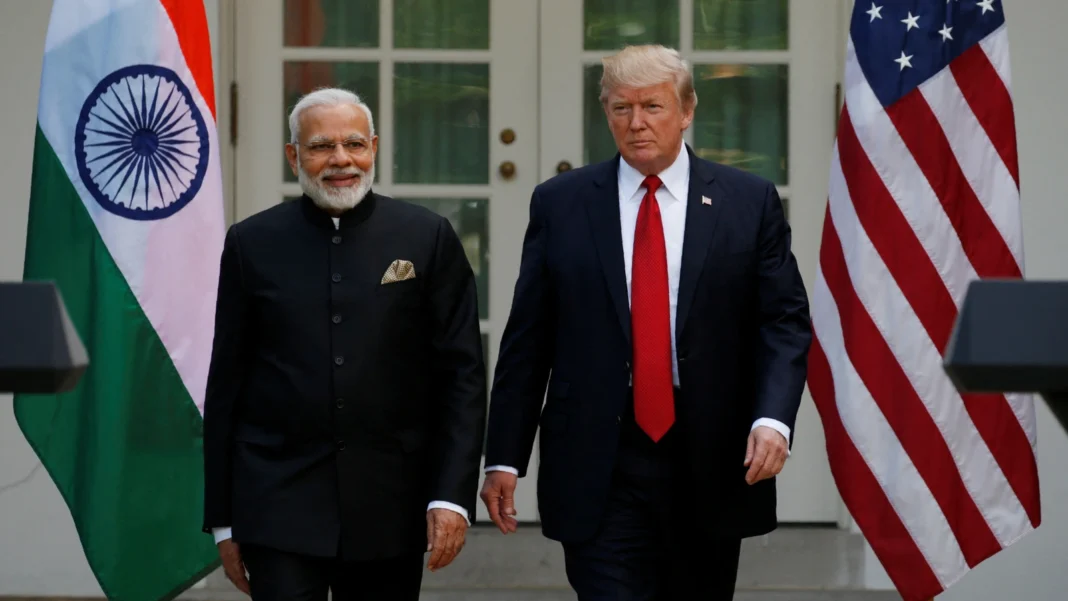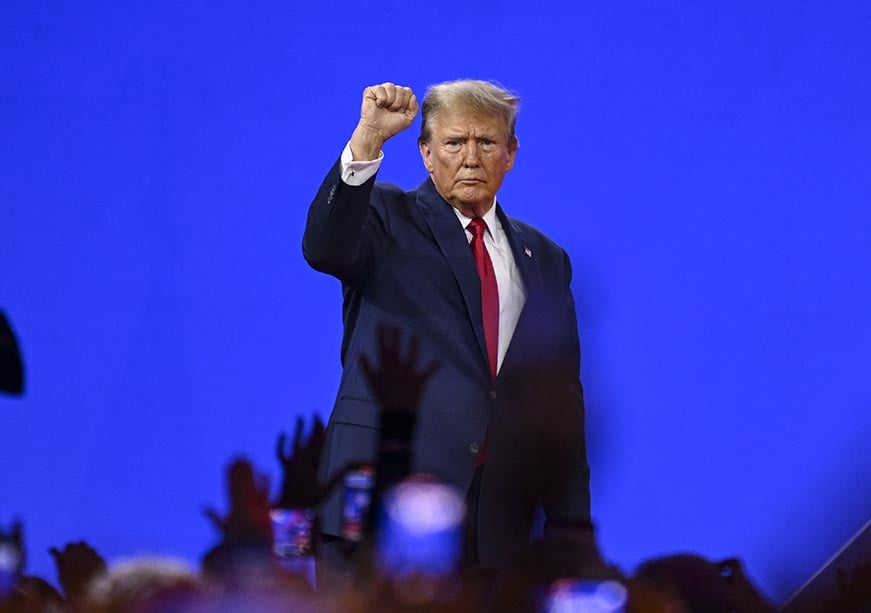As U.S.–Russia peace negotiations loom in Alaska, Treasury Secretary Scott Bessent warned that India could face additional secondary tariffs if the talks do not lead to a resolution, heightening economic pressure tied to India’s Russian oil imports. Indiatimes
Tariff Threats Linked to Energy Diplomacy
- The warning comes amid concerns over India’s increasing purchases of discounted Russian crude—now constituting 35–40% of its total oil imports, up from just 3% in 2021.
- The United States has already imposed a combined 50% tariff on Indian imports—25% as a reciprocal measure, and an additional 25% over India’s continued energy and defense dealings with Russia.
Stakes Ahead of the Alaska Summit
- The escalation of tariffs hinges on the success of peace talks between President Trump and President Putin scheduled in Alaska—failure could trigger further economic retaliation against India.
- A U.S. official emphasized that these secondary tariffs are contingent upon the outcome of the meeting, signaling that economic measures are being used as diplomatic leverage.
Impacts and Reactions
| Area | Details |
|---|---|
| India’s Defense | With India reliant on Russian oil for affordability, the move underscores tension between strategic autonomy and growing economic costs. |
| Export Dependency | The looming 50% tariff, among the highest imposed on any U.S. trading partner, threatens export-heavy sectors like textiles and jewelry and could shave off up to 0.5 percentage points of GDP growth. |
| Geopolitical Friction | Amid stalled trade talks, New Delhi has characterized U.S. actions as unjustified, emphasizing its need to secure affordable energy for its population. |



